What to Consider Before Purchasing a Water Softener How to Determine the Appropriate Water Softener Size
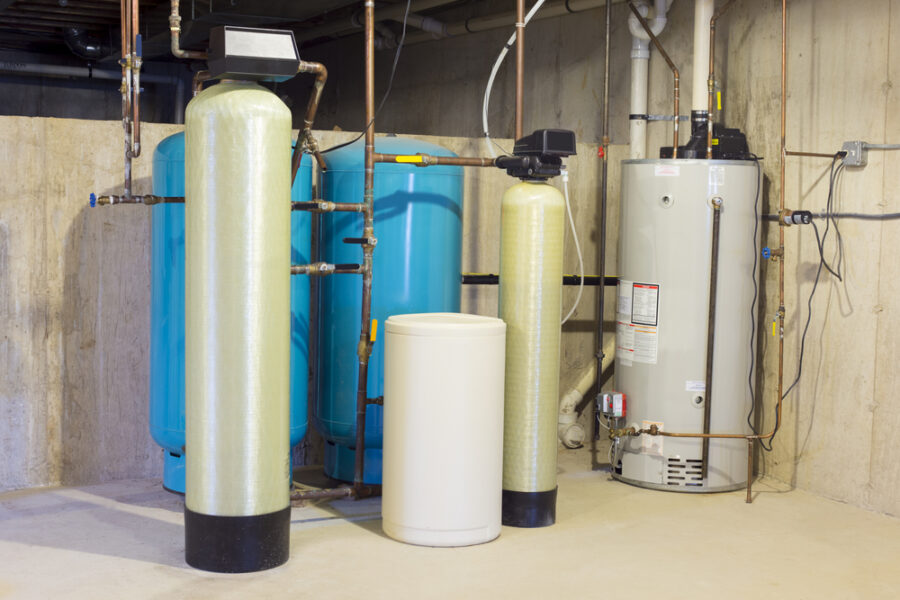
In the great majority of American houses, water with minerals such as calcium and magnesium is commonly available. Water hardness may lead to corrosion in pipes, faucets, and other household fixtures. This might cause skin rashes and dryness. Having access to soft water may make living more joyful. Having soft water might make living easier.
However, a water softener may be used to remove the naturally occurring ions that lead to mineral buildup in hard water. You can discover how to pick the finest water softener for your home by reading this post.
Decide Your Own Course Regarding Water Softener Measurements
Consider the requirements of your family before proceeding to the next steps. The typical daily water use is between 80 and 100 gallons. Depending on your lifestyle, your family size may be greater or less than previously. If you have many visitors, teenagers who take long showers, or you need to wash more clothing because you have infants, you may need to run the dishwasher more often.
The daily water use of your home multiplied by the number of grains of hardness in the water
You may evaluate the “hardness” of your water in a number of ways, such as by reviewing the water reports supplied by your municipal supplier or by utilizing a hard water test kit. A 33,000-grain water softener is often used in four-person homes.
The regeneration of water softeners is taken into account
Traditional water softeners typically employ a resin bed to remove minerals from the water supply. Using water softener salt and your regular water supply, you may reactivate the coated resin particles. This strategy is feasible since it requires the same amount of time and water as washing a load of laundry.
Depending on how much water your household uses, your water softener may be set to regenerate overnight, when no one will be using the water. Consider getting a model that notifies you when more salt is required, or put a recurring reminder on your calendar to check the salt level.
Choose a water softener with two tanks if you want soft water constantly, even when the system is being regenerated.
What else should be taken into account regarding water softeners?
If you want to save money, you may connect your water softener just to the hot water supply and leave the cold water supply untreated. This approach prevents salt from the water softening process from contaminating drinking and cooking water.
Some residences choose an extra under-sink filtration system or a reverse osmosis system for their drinking and cooking water.
For the purpose of clarity, we shall demonstrate how water softener plumbing connections should be assembled. A plumber is not necessary for the installation of a water softener. We simplify the plumbing installation of a water softener for your benefit.
Conclusion
Your water softener may need maintenance. You will be guided through the procedure. You will learn about the components of water softeners, how they function, and what you can do to maintain your own unit. To prolong the life of your unit, you must clean the tank and resin bed at least once every month.
Leave a Reply
You must be logged in to post a comment.









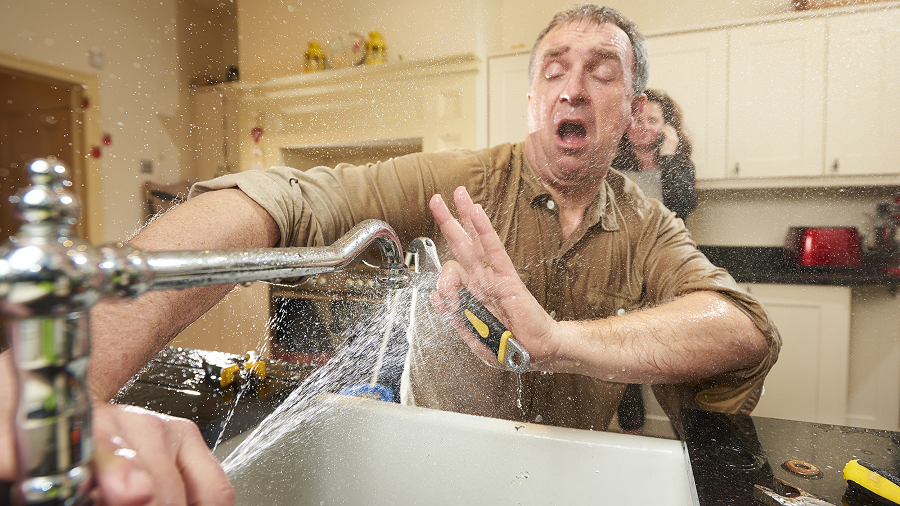

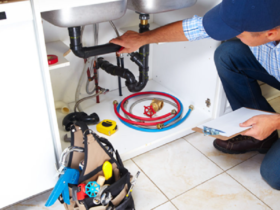

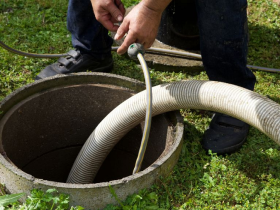
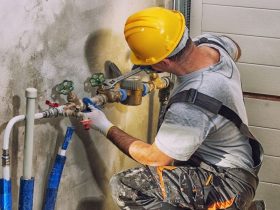
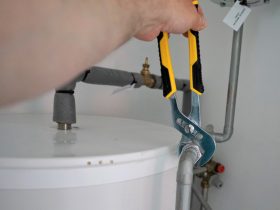
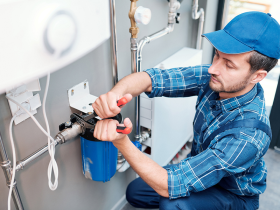
Leave a Reply